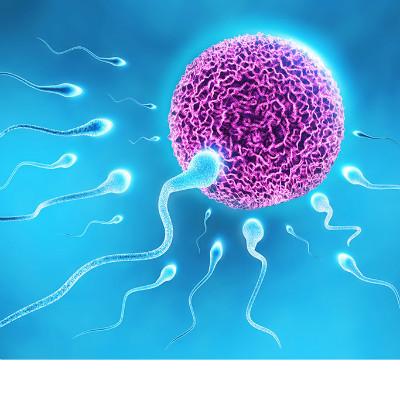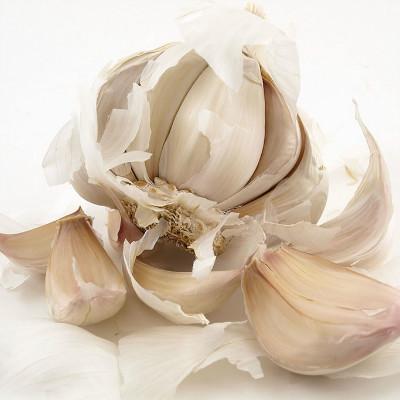Symptoms of anal atresia
summary
Anal atresia is also known as anal lock, no anal disease. The disease is a common congenital digestive tract malformation, accounting for 1 / 1500 ~ 1 / 5000 of newborns, male more than female. Other malformations often occurred, accounting for 41.6%. The cause of the disease is unclear. The anus, anal canal and the lower end of the rectum are closed after the baby is born, and the position of the anus can not be seen. What are the specific symptoms of anal atresia?
Symptoms of anal atresia
Due to the development of primitive anus, the anal canal was not formed. The blind end of rectum is near the edge of bulbocavernous muscle of urethra or the lower end of vagina, and puborectalis muscle surrounds the distal end of rectum. Perineum is often dysplasia, flat, anal area for complete skin coverage. It can be combined with bulbar urethra, lower vaginal segment or vestibular fistula.

There was no meconium excretion after birth, and gastrointestinal obstruction symptoms such as vomiting and abdominal distension soon appeared. Local examination showed that the central perineum was flat, and the anal area was covered by skin. In some cases, there was a pigmented fovea with radial wrinkles, and the contractile response of cricoid muscle could be seen. When the baby is crying or holding his breath, there is a protrusion in the center of perineum. When the fingers are placed in this area, there is a sense of impact. When the baby is placed in the buttock high and head low position, percussion in the anus is a drum sound.

There was no meconium excretion after birth, the anal area was covered by skin, and there was a sense of impact in the anal area when crying. The end of the rectum was just below the line of the pubic tail on the X-ray film of the inverted position. The distance between the blind end of the rectum and the skin of the anal region was about 1.5cm measured by ultrasound and puncture.

matters needing attention
Pay attention to keep warm and enter the incubator. The temperature in the incubator should be between 28 ℃ and 30 ℃. The relative humidity in the incubator should be maintained at 65%. A special person should be assigned to guard the incubator. The skin should be scrubbed every day and baby powder should be applied to protect the skin wrinkles. The umbilicus was washed with 3% hydrogen peroxide, coated with 2.5% iodine wine, and deionized with 95% alcohol; Wipe off the eye secretion with cotton swab and drop 0.25% chloramphenicol eye drops.
















